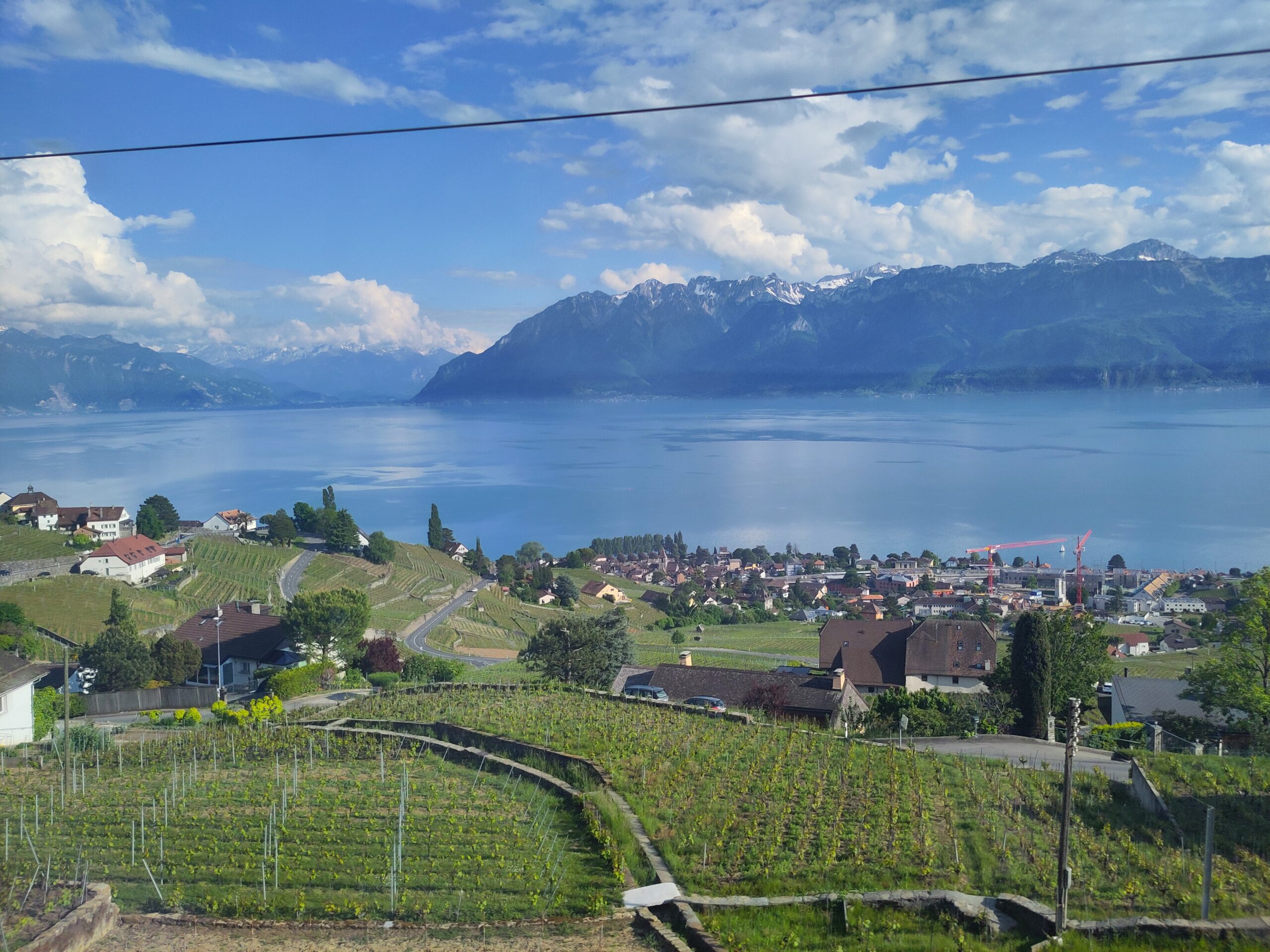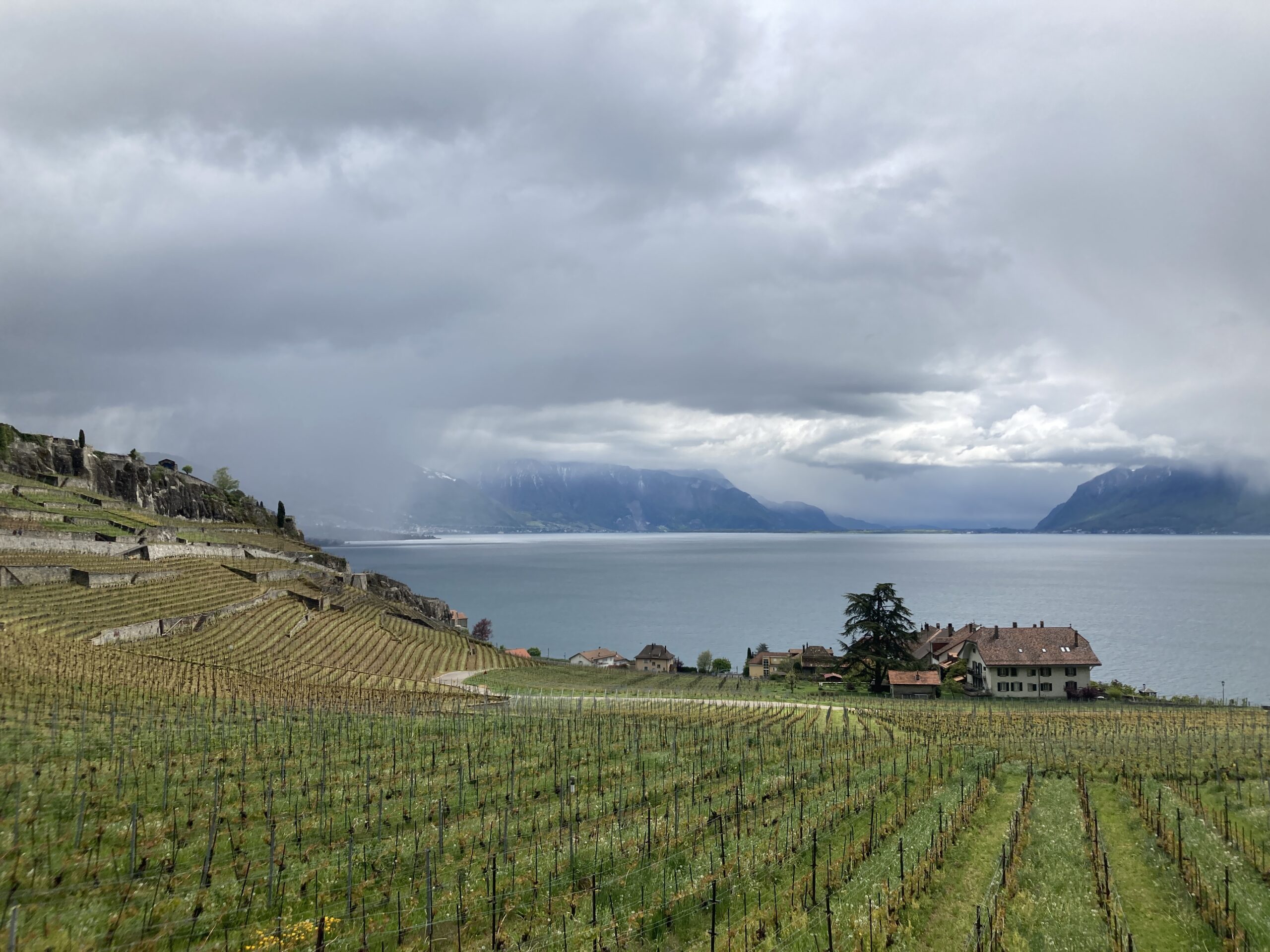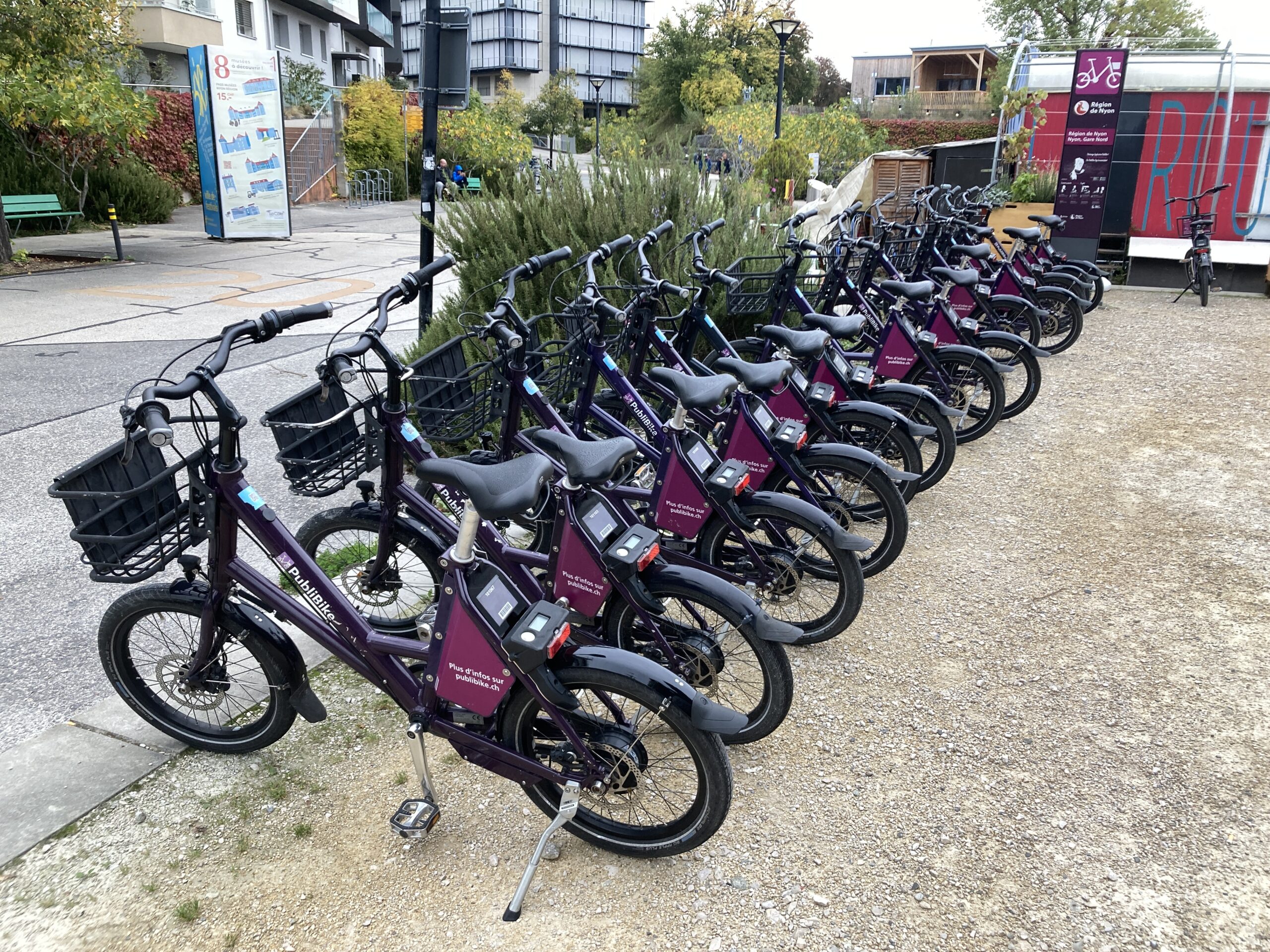Tag: environment
-
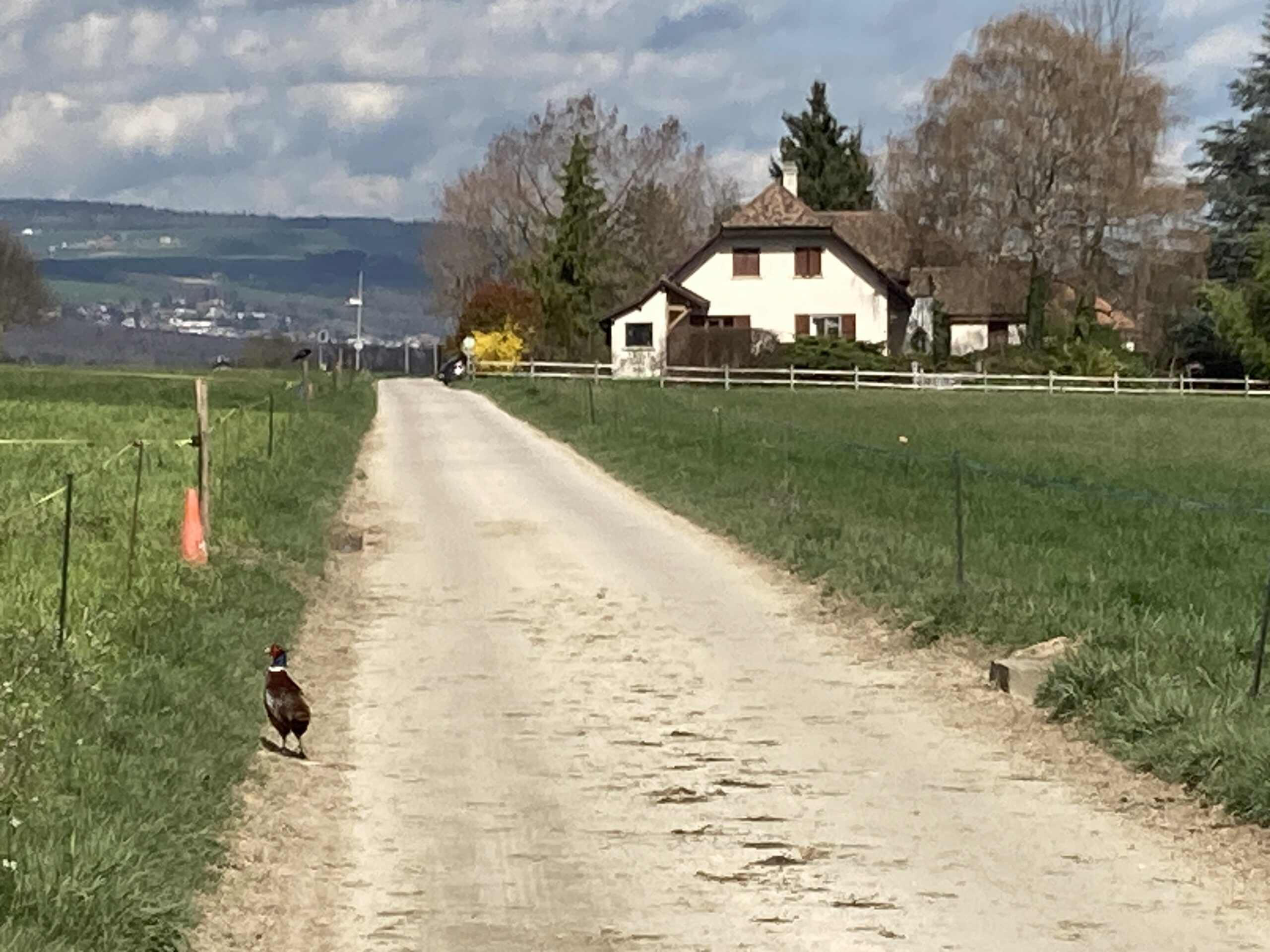
On Being Able to Walk to a Recycling Centre
Reading Time: 3 minutesFor a few days I fled from the Caribana music festival because during this event it is impossible to sleep due to noise pollution. Switzerland, despite being so strict about other forms of noise pollution is lax about the noise pollution from music festivals. Most people plan holidays to flee it. I…
-
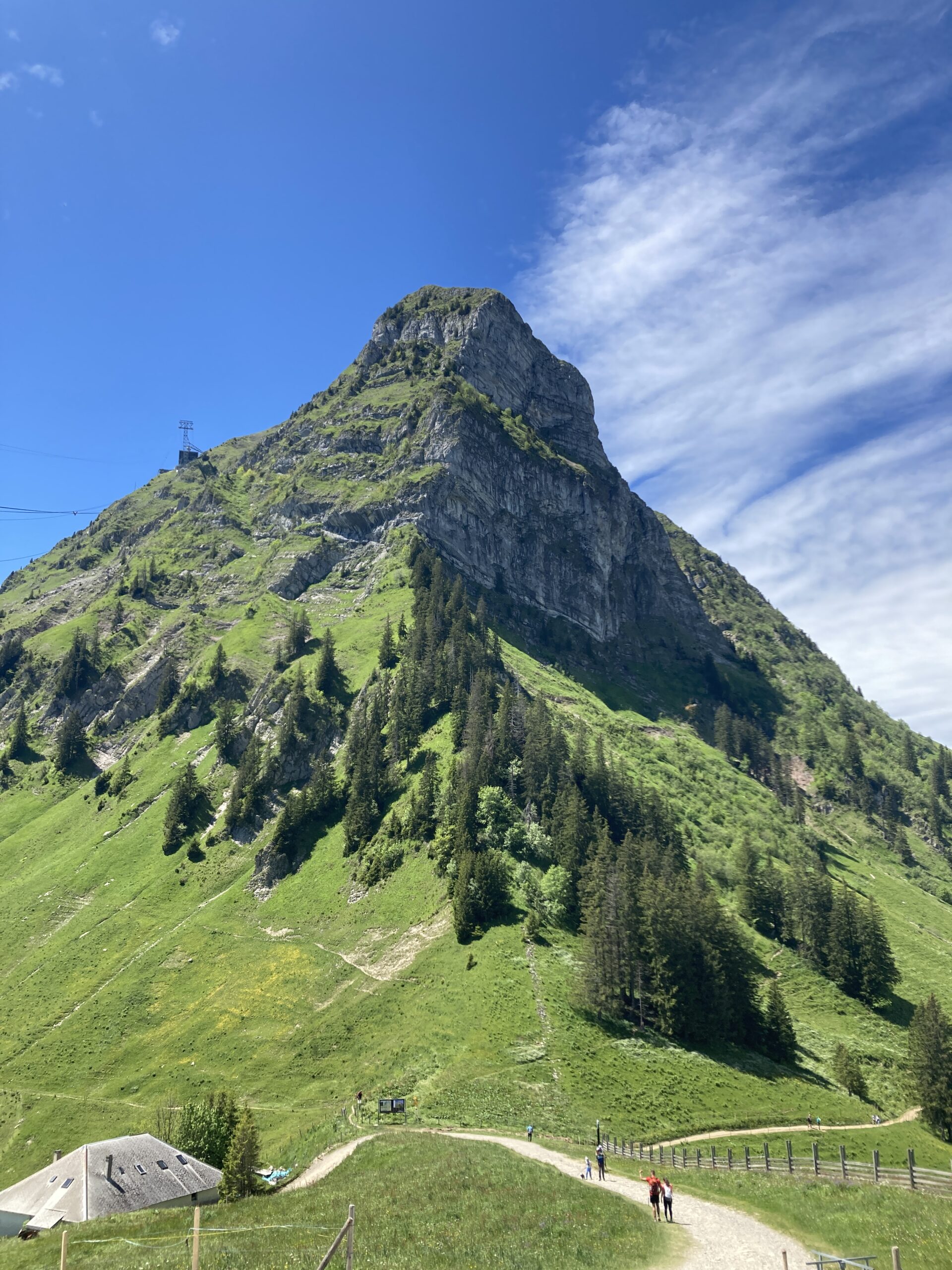
Tempted to Camp in Gruyère
Reading Time: 2 minutesYesterday while I was looking for a Via Ferrata I came across this hike and I am tempted to do it. I will be in the area to do this hike on Saturday and if I camped overnight then I could do the second hike as a solo hike. The reason not…
-
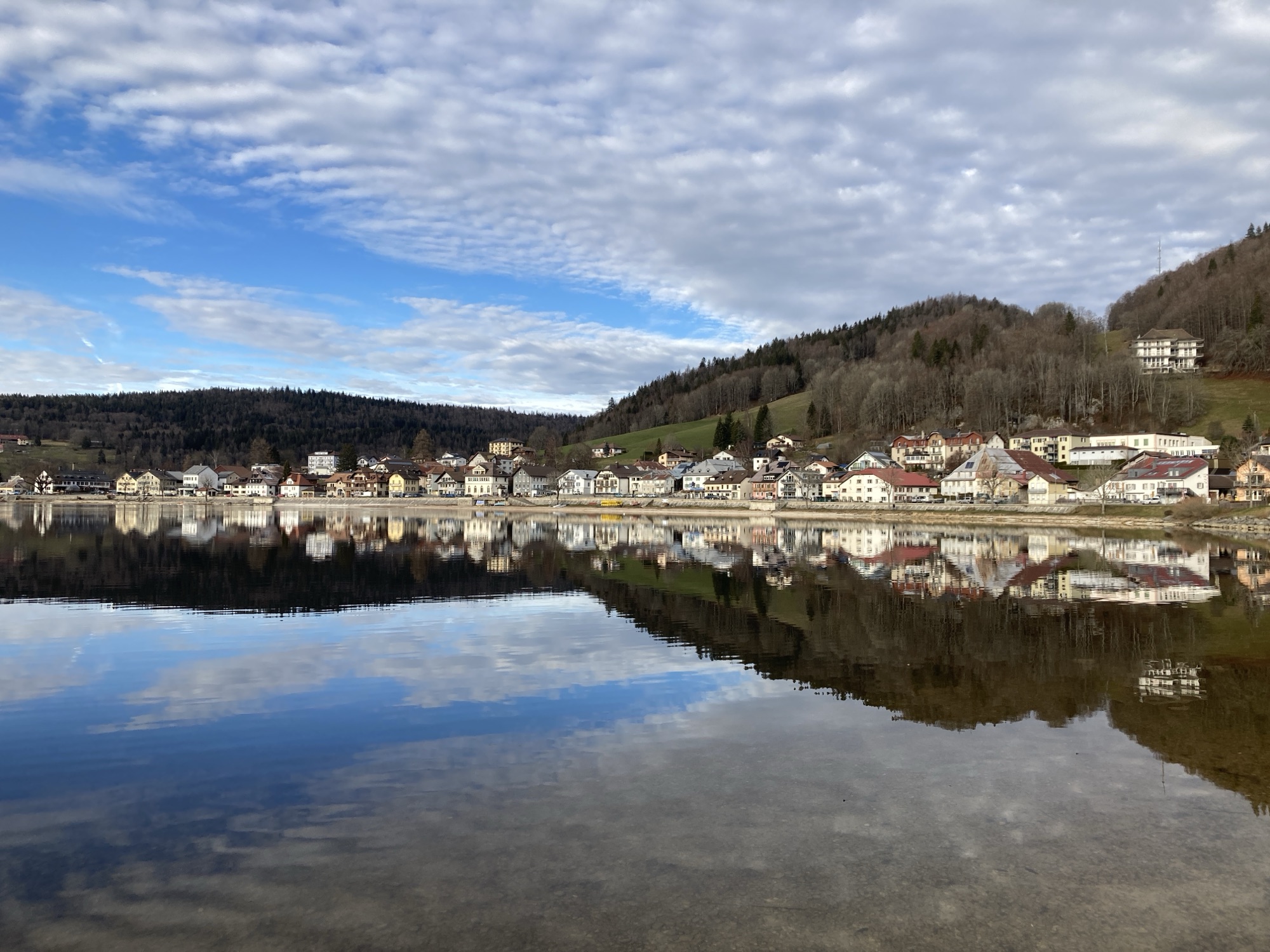
Electricity Maps and HomeAssistant
Reading Time: < 1 minuteThe building I live in has solar panels on the roof and a heat pump. This allows it to be more energy efficient than other buildings. It also has thick insulation on the walls and more. Recently I have been playing with Homeassistant and electricity Maps. Electricity Maps is a real…
-

To drive or Travel by Train
Reading Time: 2 minutesTomorrow I will be heading to Gruyère. I saw that if I take the train it will take two hours but if I take the car it will take one hour. I am currently toying with the idea of suggesting that I pick up some people in Nyon and others in Fourmi,…
-
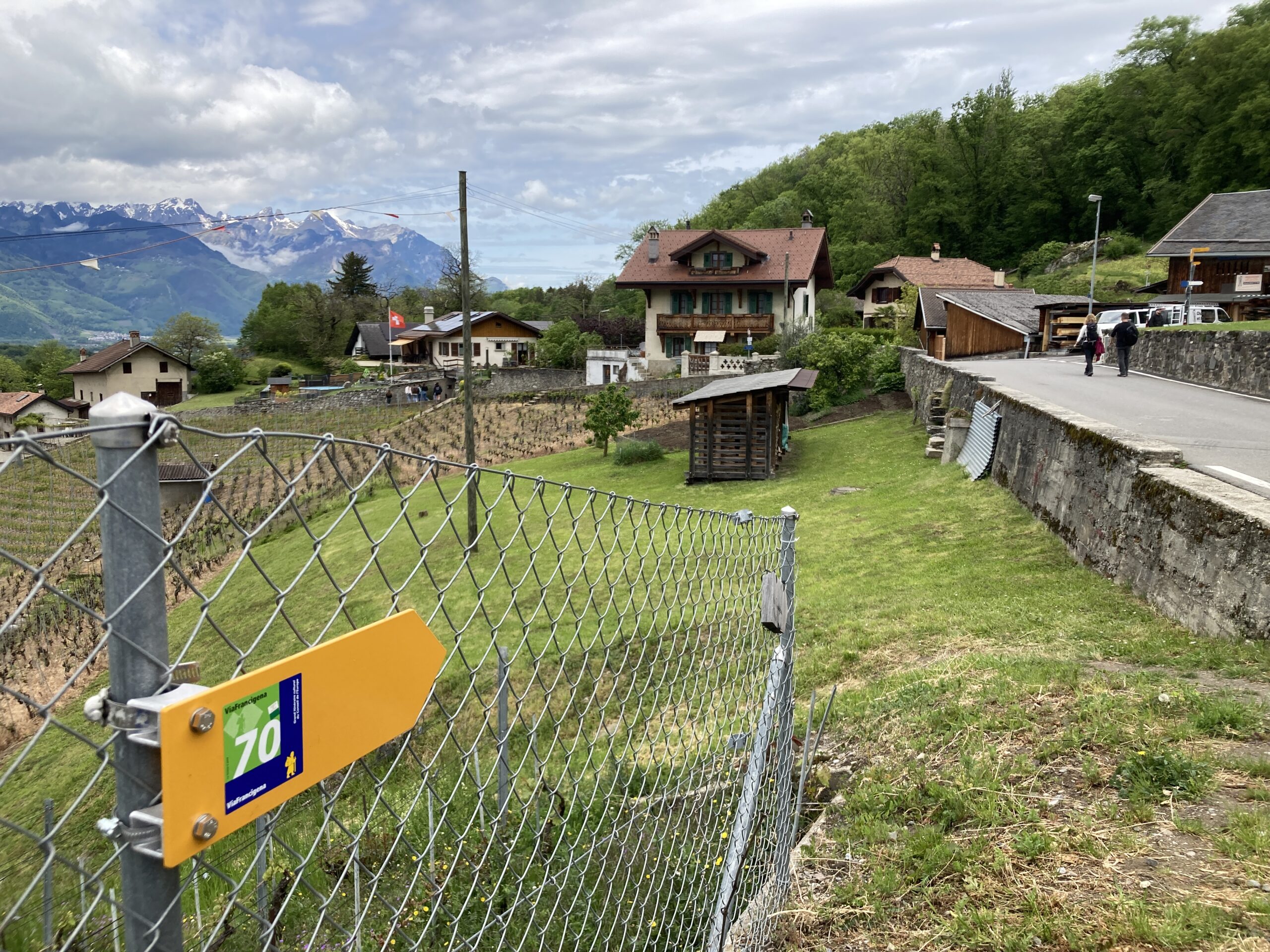
The Decision Not to Drive For Sports On a Sunday
Reading Time: 3 minutesThis weekend I could have gone to Bellevaux for the VF, Thones for the VF, Kandersteg for the VF, and gone to Charmey, Rocher de Naye and one other places for hikes and climbing. I chose to do none of these things. My reason for this is to save money on petrol,…
